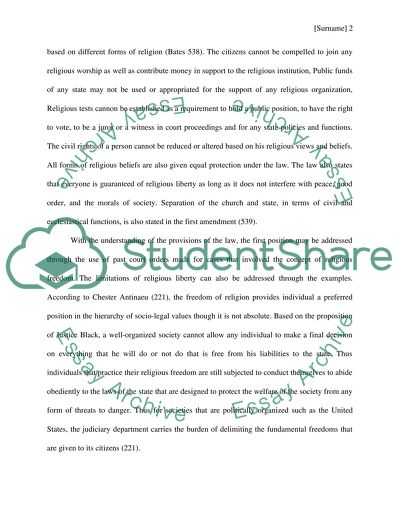Cite this document
(“A Closer Look on the Religious Liberty in the United States Essay”, n.d.)
A Closer Look on the Religious Liberty in the United States Essay. Retrieved from https://studentshare.org/religion-and-theology/1448931-though-the-concept-of-religious-liberty-has-deep
A Closer Look on the Religious Liberty in the United States Essay. Retrieved from https://studentshare.org/religion-and-theology/1448931-though-the-concept-of-religious-liberty-has-deep
(A Closer Look on the Religious Liberty in the United States Essay)
A Closer Look on the Religious Liberty in the United States Essay. https://studentshare.org/religion-and-theology/1448931-though-the-concept-of-religious-liberty-has-deep.
A Closer Look on the Religious Liberty in the United States Essay. https://studentshare.org/religion-and-theology/1448931-though-the-concept-of-religious-liberty-has-deep.
“A Closer Look on the Religious Liberty in the United States Essay”, n.d. https://studentshare.org/religion-and-theology/1448931-though-the-concept-of-religious-liberty-has-deep.


